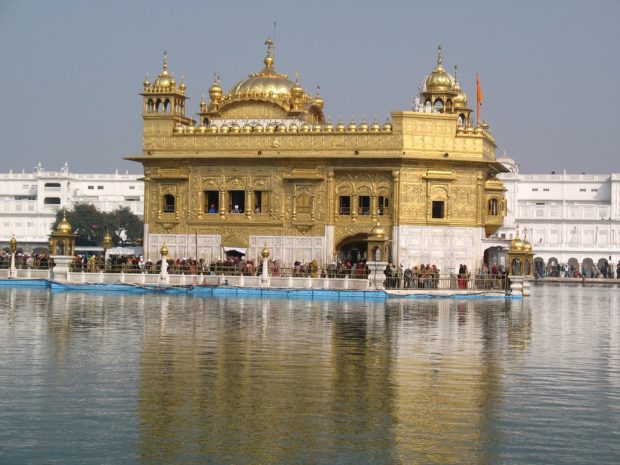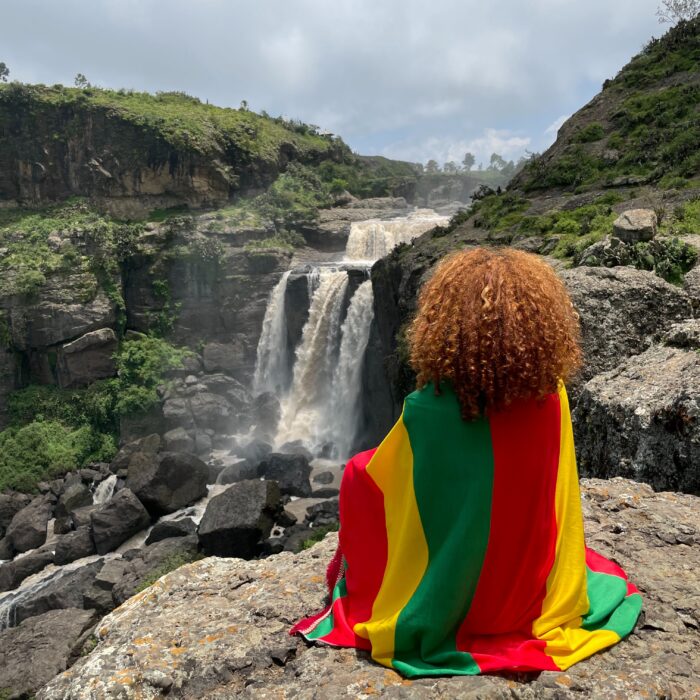You have no items in your cart. Want to get some nice things?
Go shopping
It was night-time when I arrived in Amritsar. The driver swore that the gated villa he had pulled up to was Mrs Bhandari’s Guesthouse although it seemed more like the headquarters of a retired Indian major which, as it turned out, it originally was. As the 12-foot double doors swung open, three black dogs came from nowhere and a male voice shouted at them in Punjabi to desist. At least I hoped that’s what he said. As I stepped out of the car, a short man in a white Dhoti emerged out of the gloom.
“Welcome to India”, he said in perfect English while bowing, and extending his hand, “I am Subir Singh, Mrs Bhandari’s night manager. Is this your first time in Amritsar?”
Well, no, not exactly, but it had been a while.
“Would you like some food? I can do veg – or non-veg”.
The “veg” turned out to be curried cauliflower and an indifferent salad. The “lamb” would have been better, even if it was not lamb but goat. But by then I had settled in to my deluxe room with double bed, shower, mosquito plug and occasional air-conditioning (price £28 b&b a night), sampled two Kingfisher beers from the honesty bar, and wondered about a dip in the small pool as the night still had much early November warmth. As I sat eating alone in the guesthouse garden to the sounds of crickets cheeping and bats flying overhead, the sweet, musty smell that seems to pervade all India took me back 40 years.
It was the summer of 1973. I was 19 years old and frazzled from a month and half travelling overland from Britain. The hippies, who had been my constant companions through Turkey, Iran and Afghanistan, hated Amritsar, our first taste of India just a few miles from the border with Pakistan. They couldn’t deal with its overcrowded stench and hurried on to the serene houseboats of Srinagar, or the then empty beaches of Goa. I stayed for a couple of days in this sprawling city because I had a temple to catch. Forty years later, The Golden Temple, the most sacred place of the Sikh religion, is still here and looking as beautiful as I remember.
Before sun-rise the next day, I was on my way there, in an auto-rickshaw which spluttered the three miles from Mrs Bhandari’s Guesthouse in the Cantonment, a pleasant suburb developed originally for the British Raj, to Amritsar Old Town. Even at this early hour, the road was filled with bicycles, scooters, motorbikes, vans and white Tata cars screeching their horns. We zoomed past carts crammed with mangoes and bananas, schoolchildren in pigtails, and sacred cows with menacing horns. It was all like an early-morning bumper ride at an exotic fairground except that collisions were mercifully rare although near-misses plentiful.
Like the Taj Mahal, the Golden Temple – or at least its main shrine, the Harmandir Sahib – is smaller and more wondrous than even the glossiest of photographs suggest. It is decorated entirely in gold and set along a causeway in the middle of the Pool of Nectar, an artificial rectangular lake full of golden carp. I joined the crowds walking clockwise along the perimeter with some of them immersing themselves completely in the water before entering the shrine. Even though it was dawn on an ordinary weekday in early November, there were thousands of Sikhs here, some in rich saris and royal turbans, blue, mauve and black, others in stained white dhotis with knotted handkerchiefs covering their heads, while others were in western T-shirts and jeans and looked as if they had just flown in from Hounslow as indeed some of them had. All of us, though, were barefoot and had our heads covered. Otherwise, the tall Sikh guards, with ceremonial swords sharp enough to cut through you, would not have allowed us in. There were equal numbers of men and women, young and old although, just like four decades ago, I seemed to be the only white Westerner. But in this mecca of the Sikhs which, unlike the real Mecca, is open to all, I didn’t feel like an outsider but instead like a privileged guest.
As I reached the Harmandir Sahib, I stopped to gaze at the devotion of the people around me. Much of the Punjab and much of India has changed dramatically since I was last here but not this place which seems completely out of time. All around us was chanting from the Guru Granth Sahib, the last Guru and Holy Book, which professional Sikh musicians recite in a 48-hour vigil relayed across the Temple complex by giant loudspeakers. As I edged my way towards the centre of the Harmandir, where the musicians and temple elders sit cross-legged on cushions guarding the book, I noticed everyone else prostrate themselves and then throw 100 rupee notes which were shovelled up by holy men with long beards. It was all profoundly moving, one of the most authentic expressions of spirituality I have ever seen, yet it happens every hour of every day of every the year, and can be witnessed free by anybody as long as they “have an open heart”.
Back at the guesthouse, two fellow guests who definitely seemed to have open hearts joined me for a late breakfast. I had arrived in Amritsar by plane from Delhi, but Chris and Janet, two intrepid travellers in their mid 60s, had driven in their camper van all the way from Guildford although they rather wisely avoided Afghanistan and accepted a police escort through Pakistan. We sat talking in the Guesthouse all morning, surrounded by green parrots, tree lizards and a small army of staff who tended the gardens and kept us in tea, marmalade and toast. They told me about Mrs Bhandari herself, one of India’s first feminists, who set up the Guesthouse when her late husband, Major Bhandari, died, and ran it as a haven for backpackers for 40 years until her death a few years ago aged 101. At lunchtime, Subir brought some more Kingfisher Beers and vegetable samosas and I went for another swim. Soon it was time to visit the Temple once more and dine out in the Crystal Restaurant in Town where the lamb tikka was fresh and succulent even if it was not lamb but goat.





